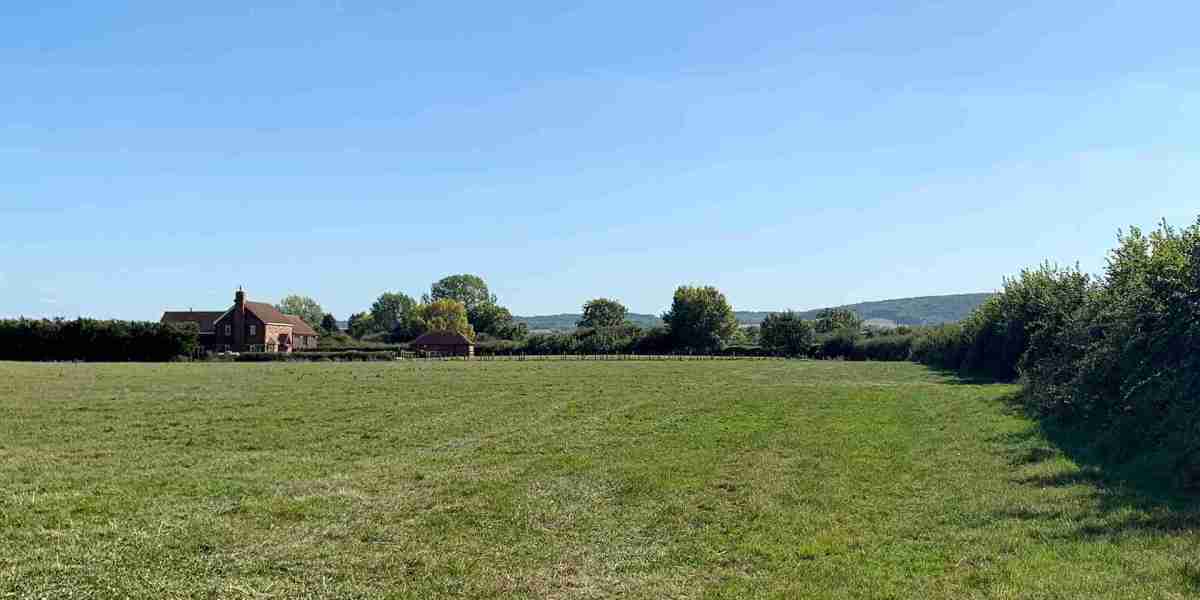Owning land near a national park or a protected area presents a rare opportunity. Whether you're considering selling due to investment goals, conservation efforts, or personal reasons, understanding the market dynamics, legal aspects, and potential buyers is essential. This guide explores everything you need to know before selling land adjacent to protected lands, ensuring that you make an informed and beneficial decision.
What Is an Inholding?
Land located within the boundaries of a national park or protected area but still privately owned is known as an inholding. These properties often existed before the park was officially established, which means owners typically retain full property rights. However, certain restrictions may apply due to the surrounding public land status.
If you own an inholding, selling can be complex, as buyers might have to navigate access rights, development restrictions, and environmental regulations. However, these lands often hold significant value due to their prime location.
Who Buys Land Near Protected Areas?
If you're looking to sell land near a national park, it's important to consider your potential buyers. Here are the most common types of interested parties:
1. Government Agencies
Federal agencies like the National Park Service (NPS) or the Bureau of Land Management (BLM) often purchase private land to expand protected areas. These acquisitions help enhance park boundaries, improve accessibility, and promote conservation efforts. Selling to a government agency may involve an extended process, but it often ensures that the land remains preserved.
2. Conservation Organizations
Nonprofit land trusts and environmental groups frequently acquire land near protected areas to prevent future development and maintain ecological balance. If conservation is a priority for you, selling to an organization committed to land protection is a viable option.
3. Private Buyers and Investors
Individuals or businesses may seek land near national parks for various purposes, such as building eco-lodges, nature retreats, or recreational spaces. While selling to private buyers can sometimes yield higher offers, it's important to ensure that future development aligns with local zoning and environmental regulations.
Understanding Land Value and Legal Considerations
Land near national parks often holds a premium value due to its proximity to natural beauty and tourist activity. However, certain legal factors may influence the price and sale process:
1. Conservation Easements
Some properties may be subject to conservation easements, which limit future development to protect environmental resources. While these agreements can reduce market value, they may offer tax incentives for sellers.
2. Access Rights and Restrictions
If your property is surrounded by protected land, confirming legal access is crucial. In some cases, landowners may need special permits or agreements to allow entry to their property.
3. Zoning Laws and Environmental Regulations
Local and federal regulations may restrict how the land can be developed or used. Before selling, research any zoning laws that apply to your property to prevent potential disputes with buyers.
Environmental and Ethical Considerations
Selling land near a national park comes with responsibilities beyond financial gain. Consider the long-term environmental impact of your sale:
Wildlife Protection: Development near protected areas can disrupt local ecosystems. Selling to a conservation-minded buyer can help safeguard natural habitats.
Sustainable Use: Some buyers may seek to develop eco-friendly resorts or tourism businesses that align with conservation efforts.
Legacy of the Land: Many sellers prefer to ensure that their land remains protected for future generations rather than being subjected to commercial exploitation.
Key Takeaways
Potential Buyers Include Government, Conservation Groups, and Private Investors: Each buyer type has different priorities, ranging from conservation to commercial use.
Legal and Regulatory Factors Play a Major Role: Conservation easements, zoning laws, and access rights can impact the sale.
Environmental Stewardship Matters: Consider the long-term effects of selling land near protected areas and choose buyers who align with your values.
Frequently Asked Questions (FAQs)
Q: Can I build on my land if it's next to a national park?
A: That depends on local zoning laws and conservation agreements. Some areas allow limited development, while others have strict restrictions.
Q: Are there financial benefits to selling land for conservation?
A: Yes, landowners who sell below market value to conservation organizations may qualify for tax deductions.
Q: How do I determine the value of my land near a national park?
A: Work with an experienced land appraiser who specializes in properties near protected areas. Factors such as location, land use restrictions, and access will influence the valuation.
Final Thoughts
Selling land near a national park is a significant decision that requires careful planning. Whether you prioritize financial return, conservation efforts, or responsible development, knowing your options will help you make an informed choice. By considering potential buyers, legal aspects, and environmental impact, you can ensure that your sale benefits both you and the surrounding landscape for years to come.







